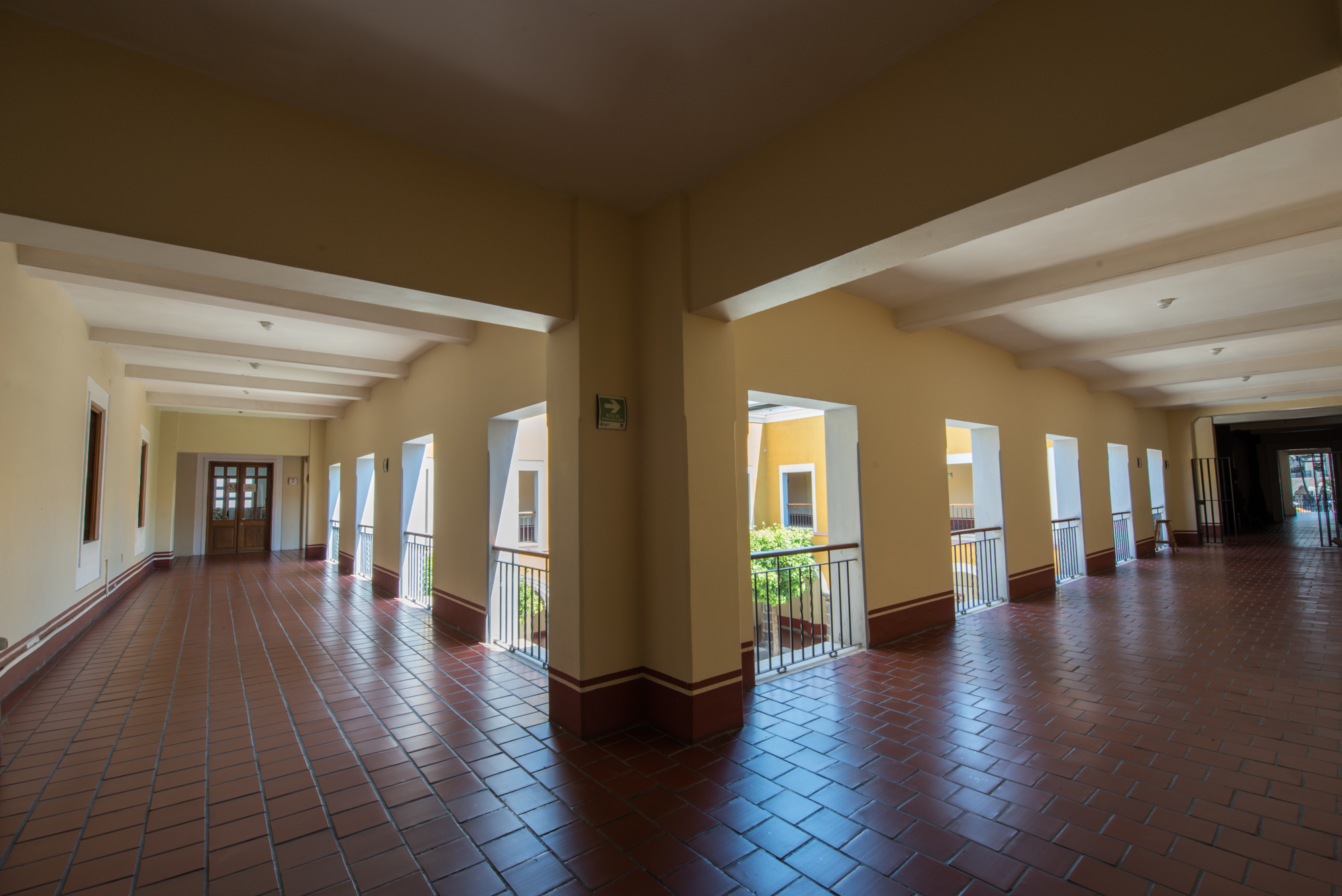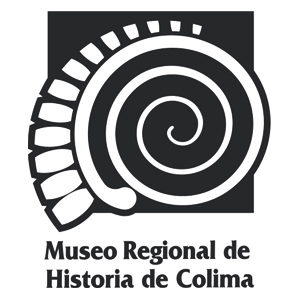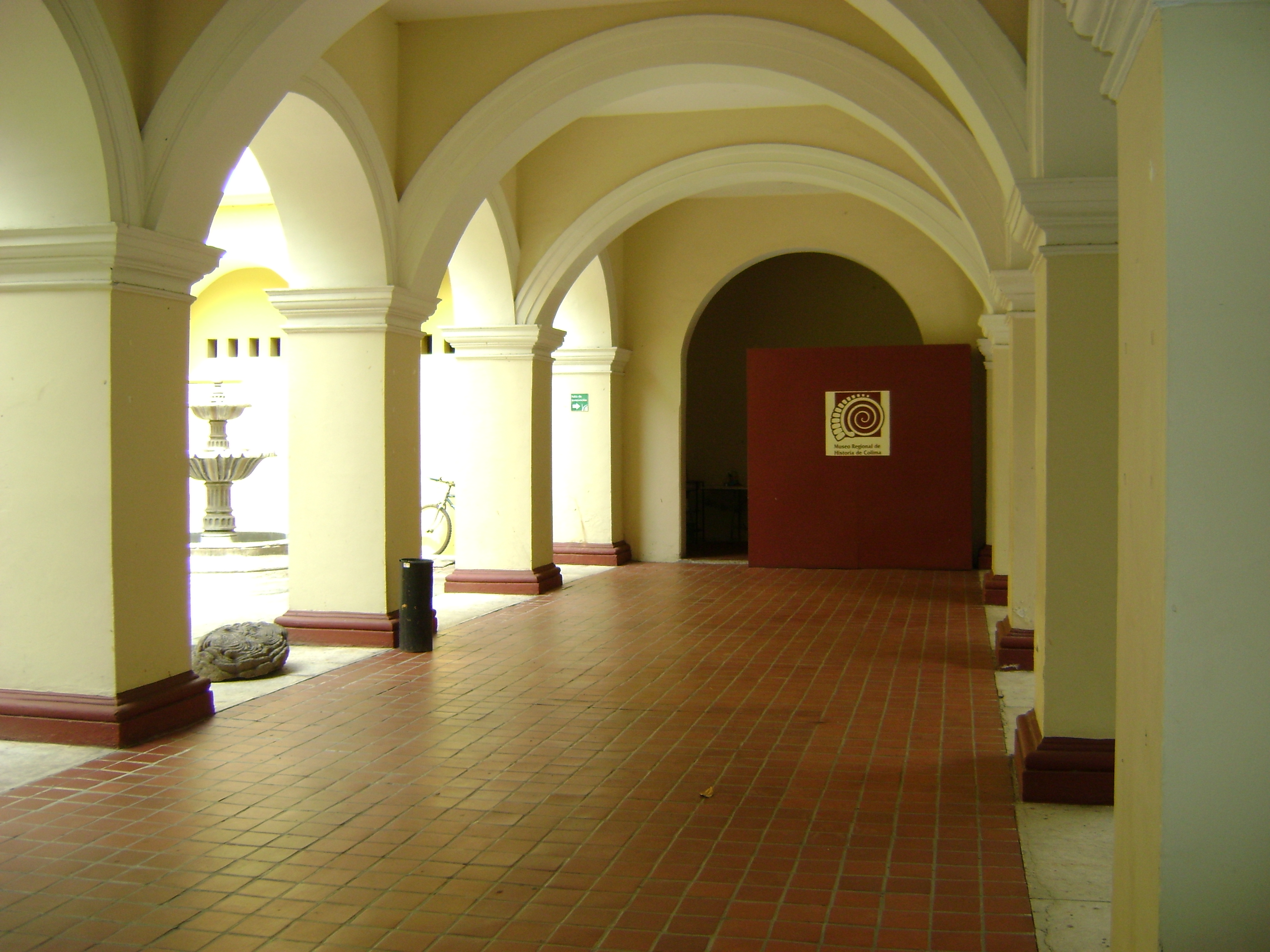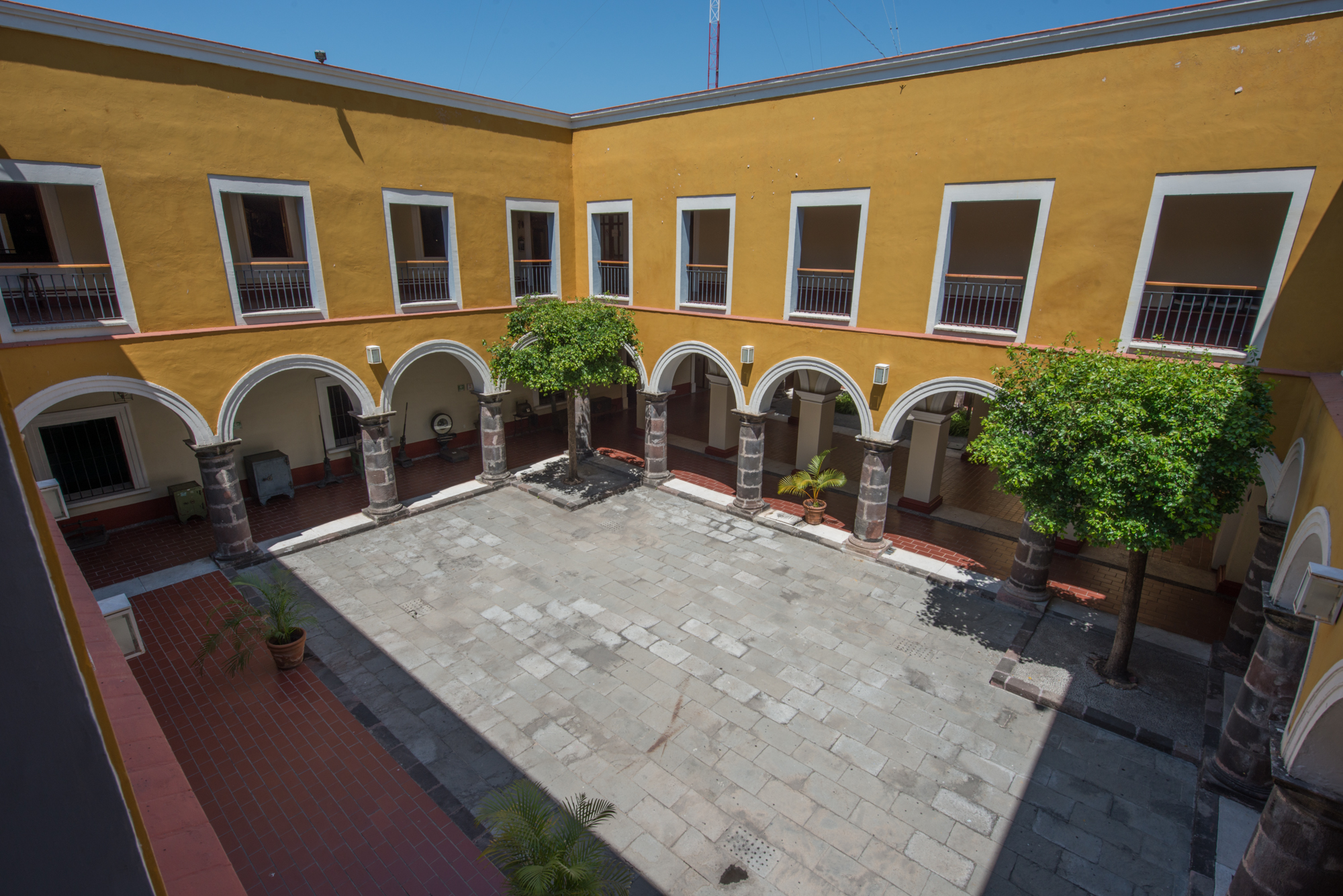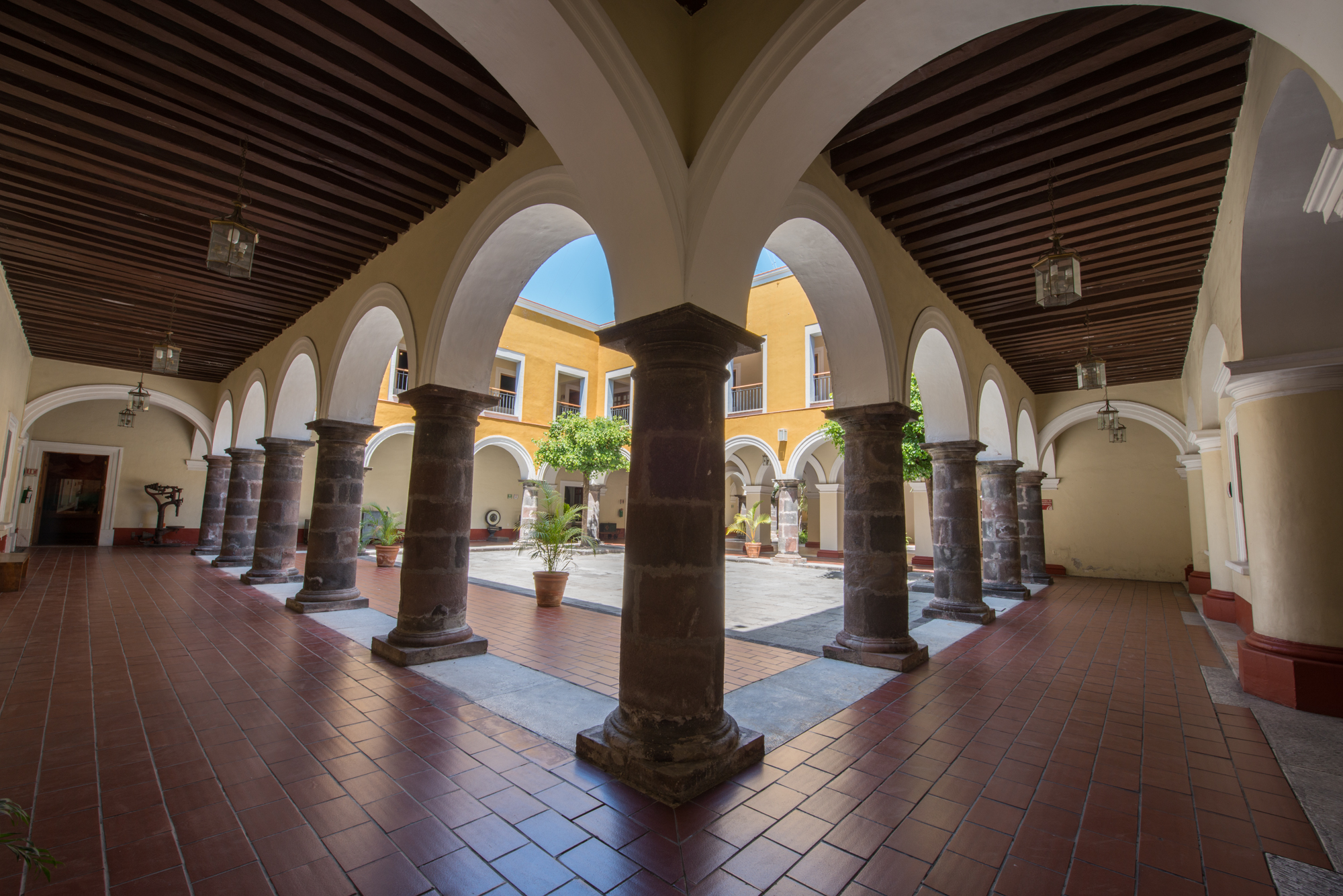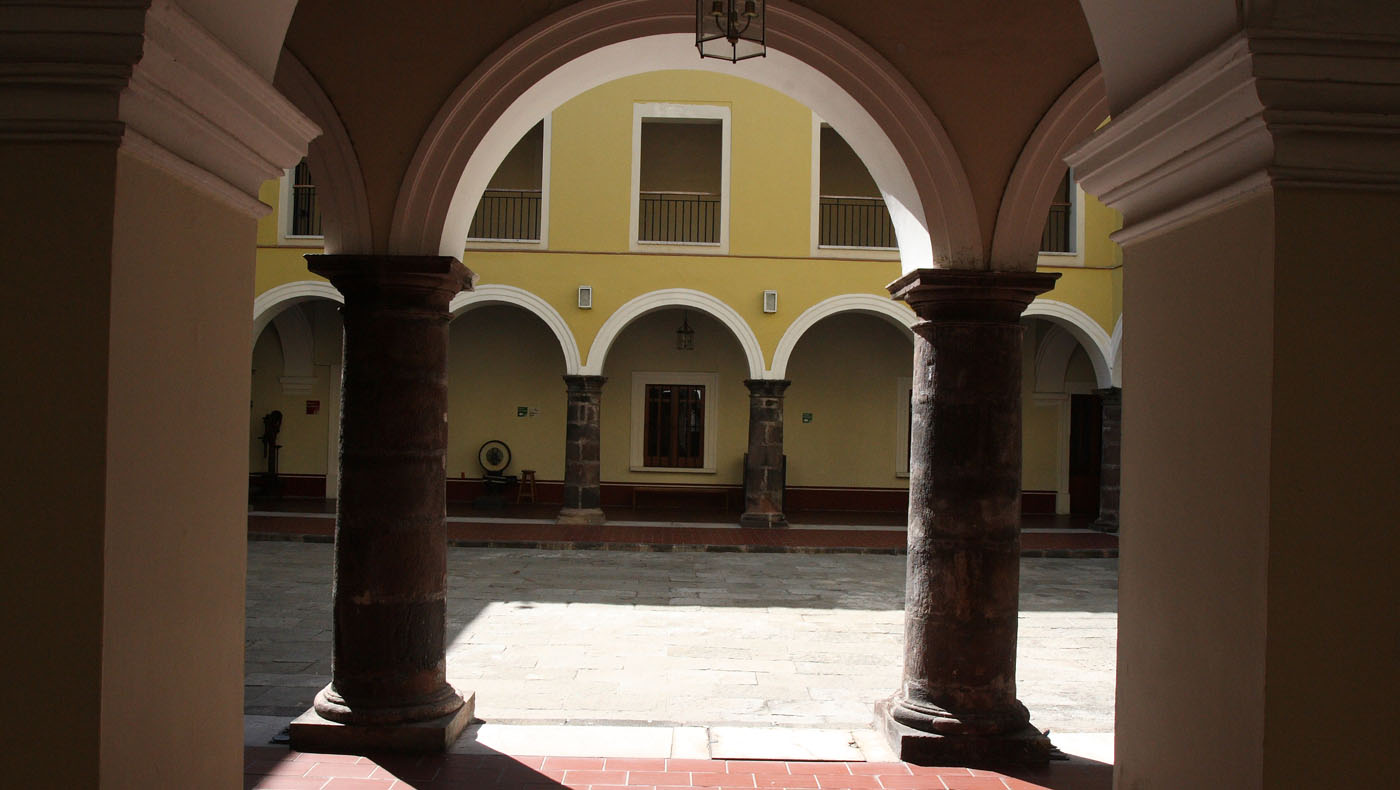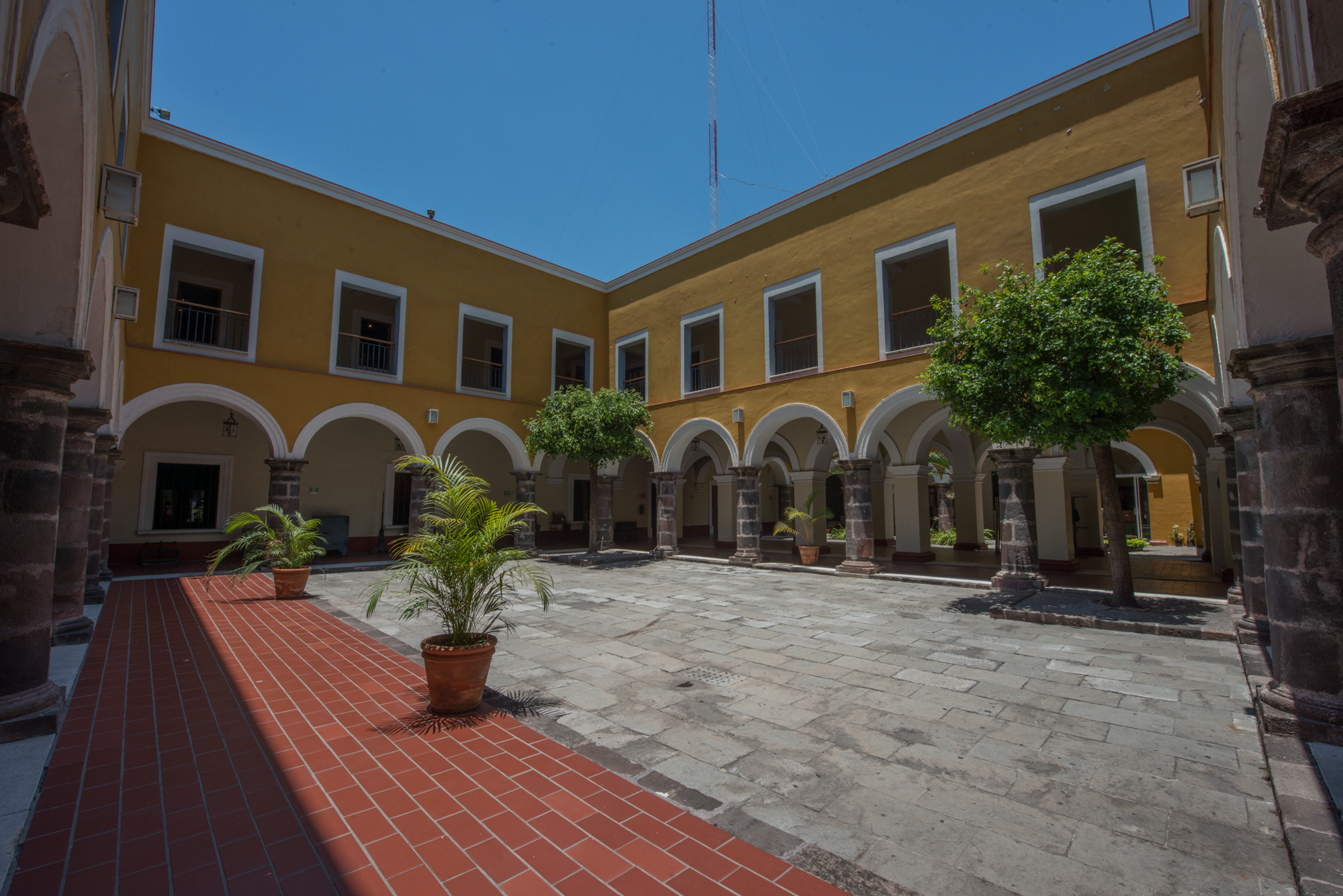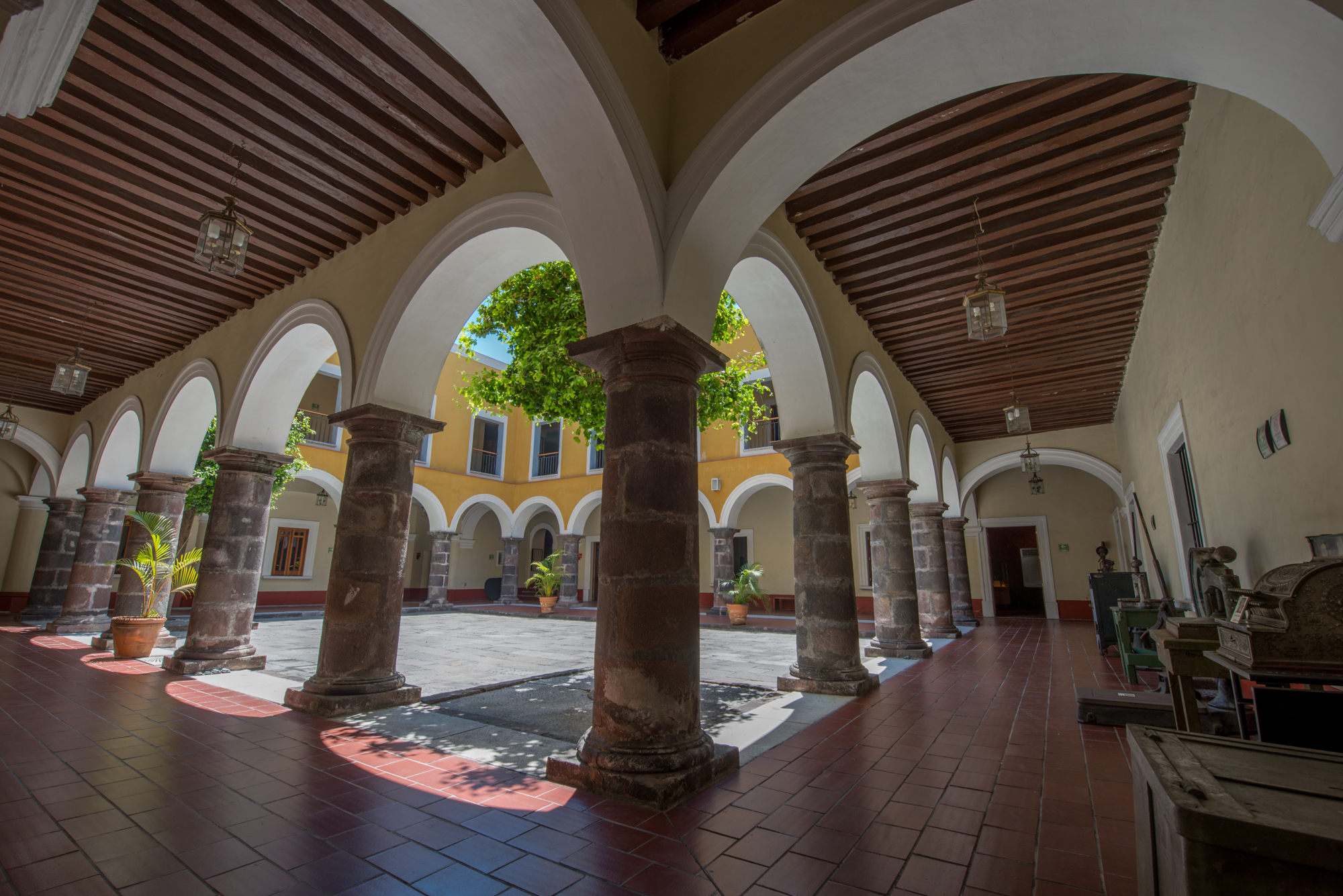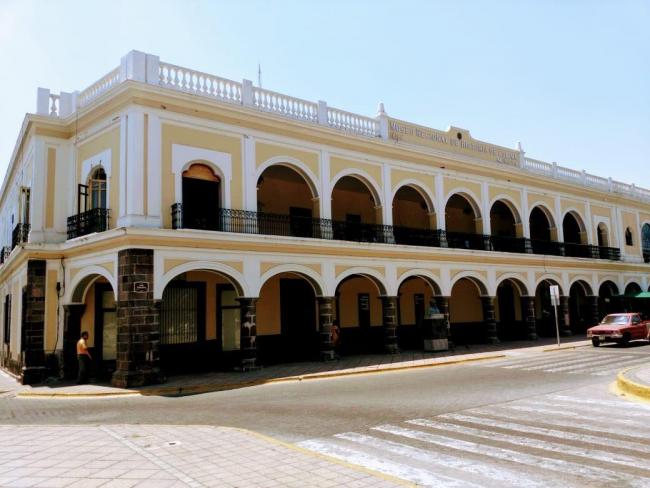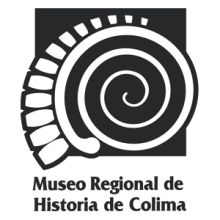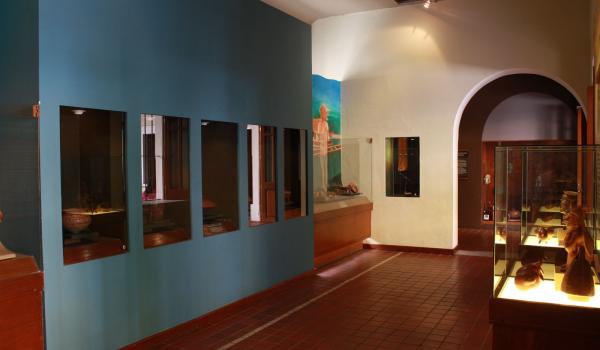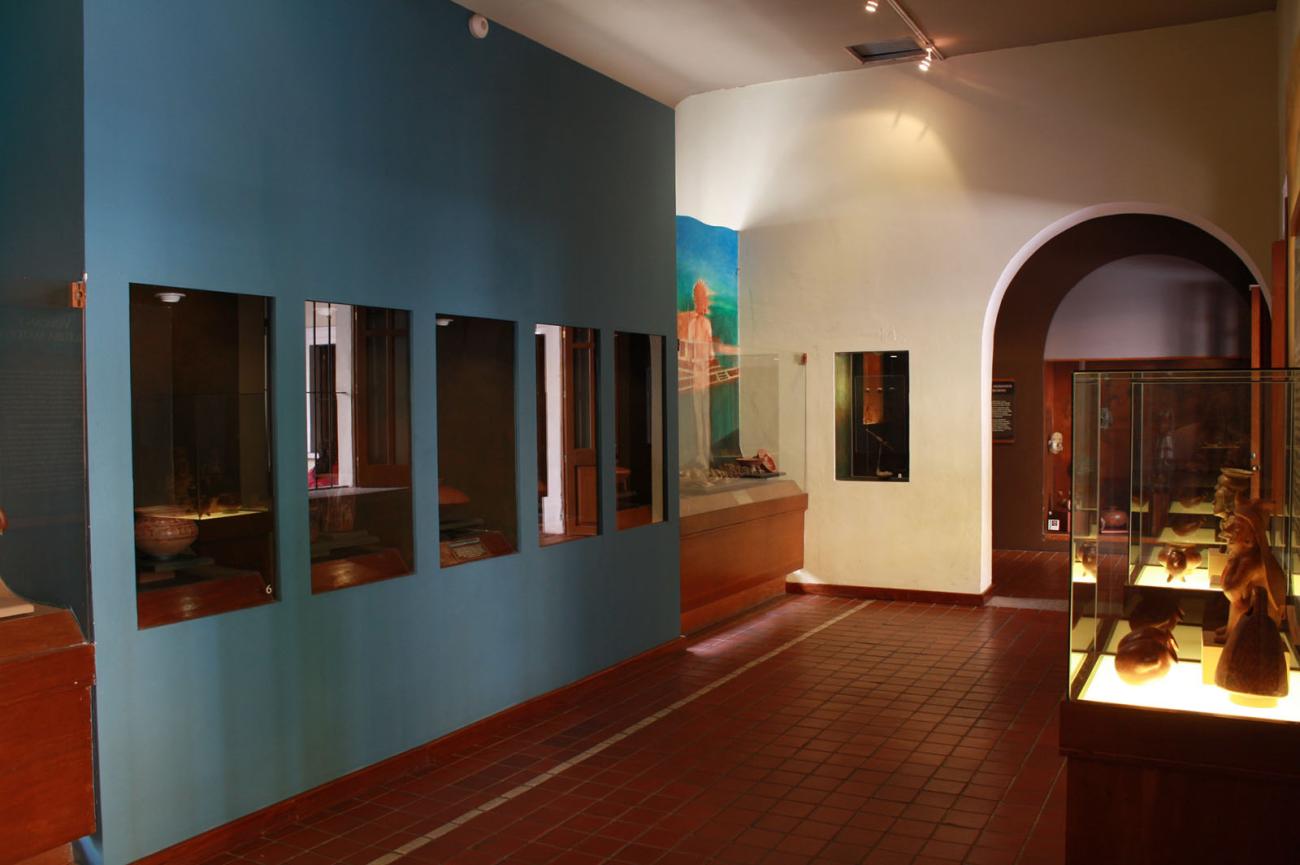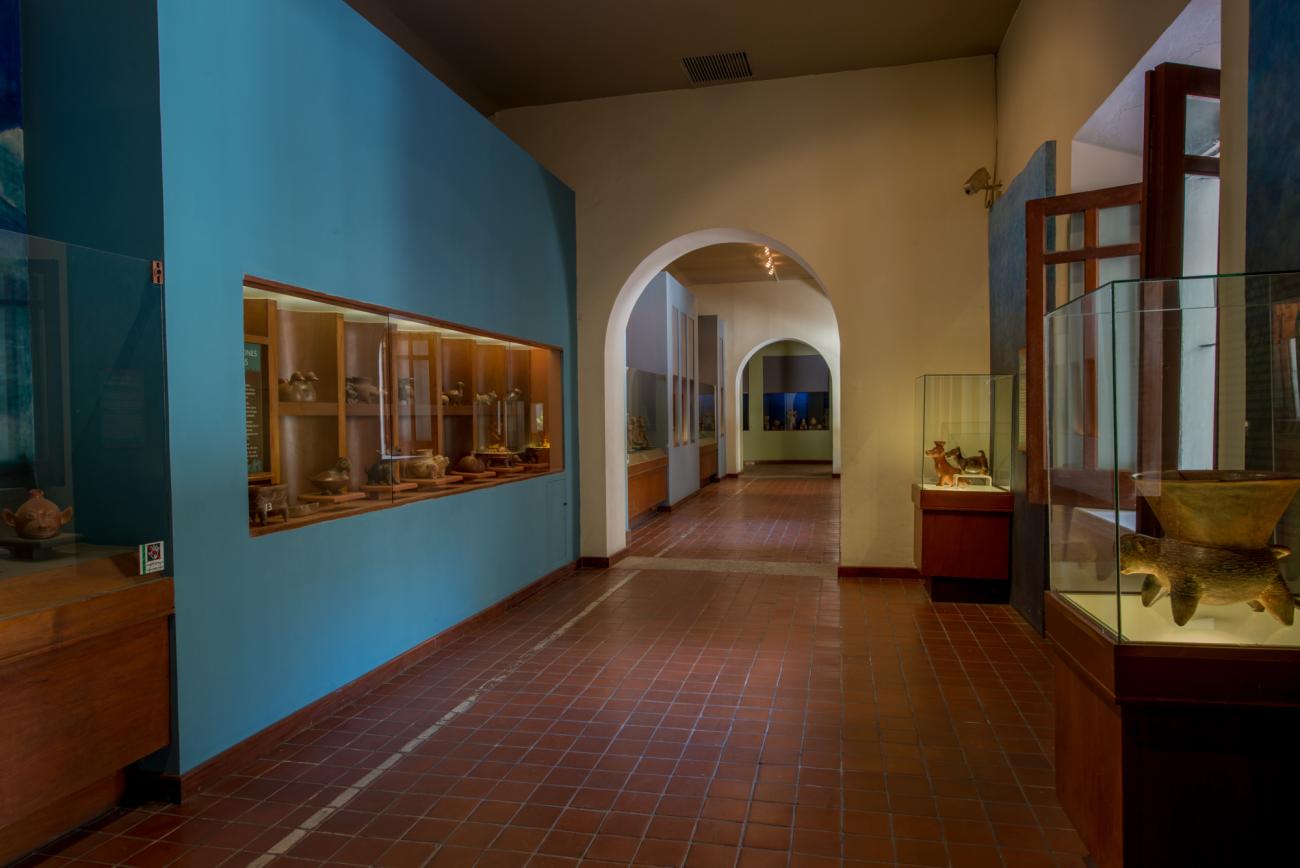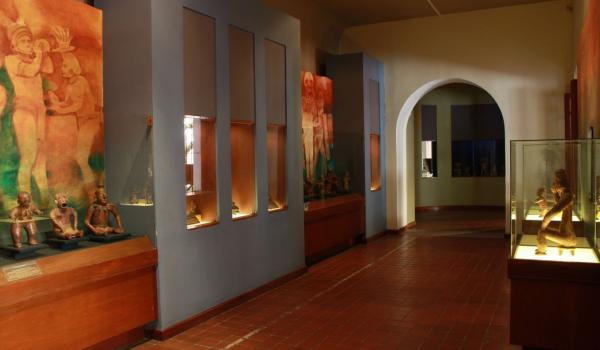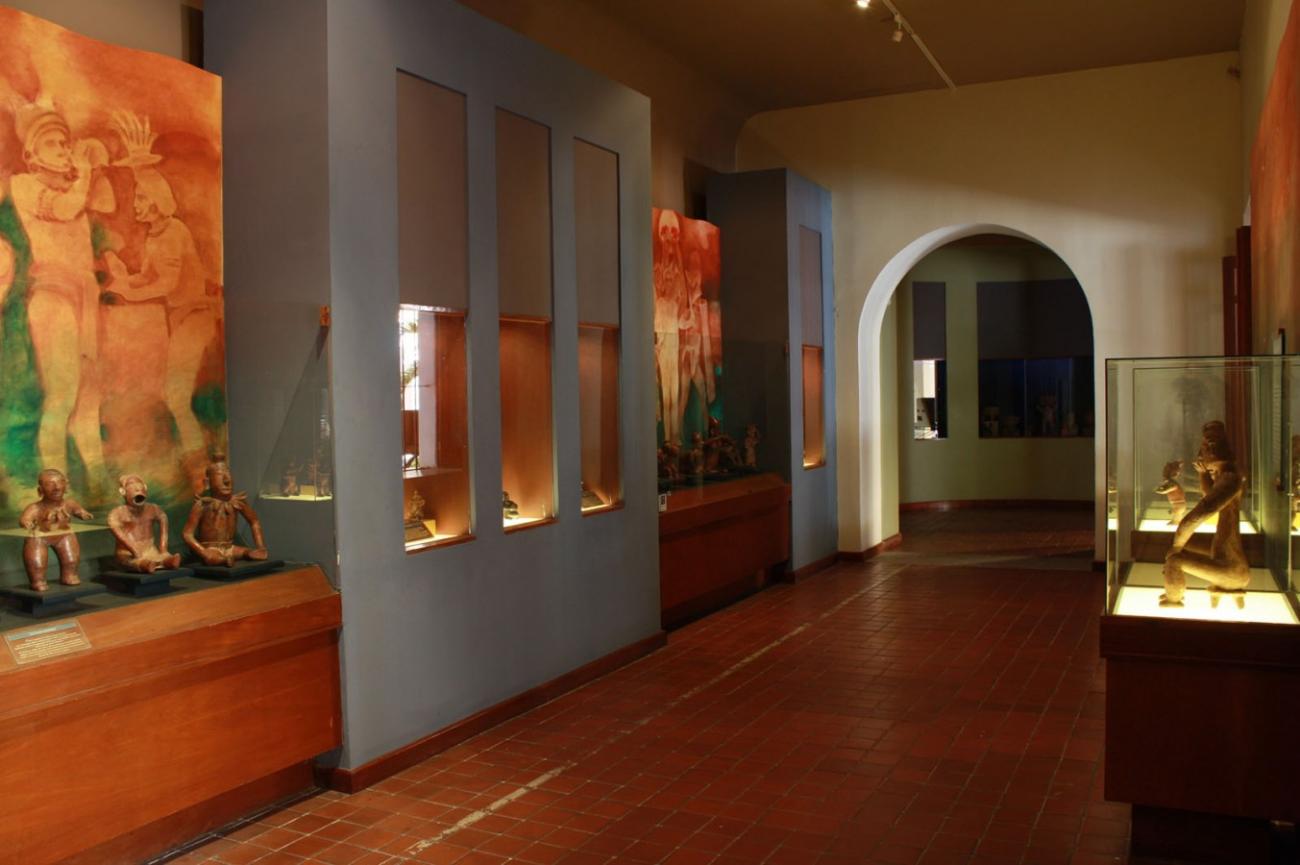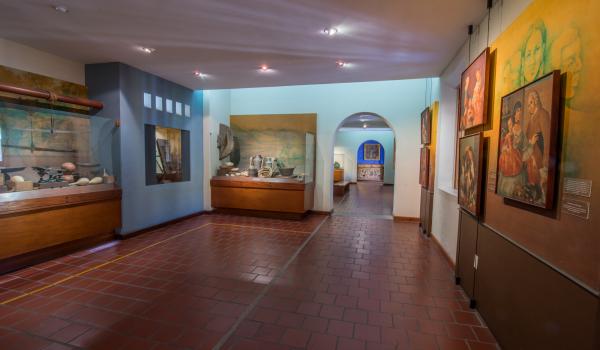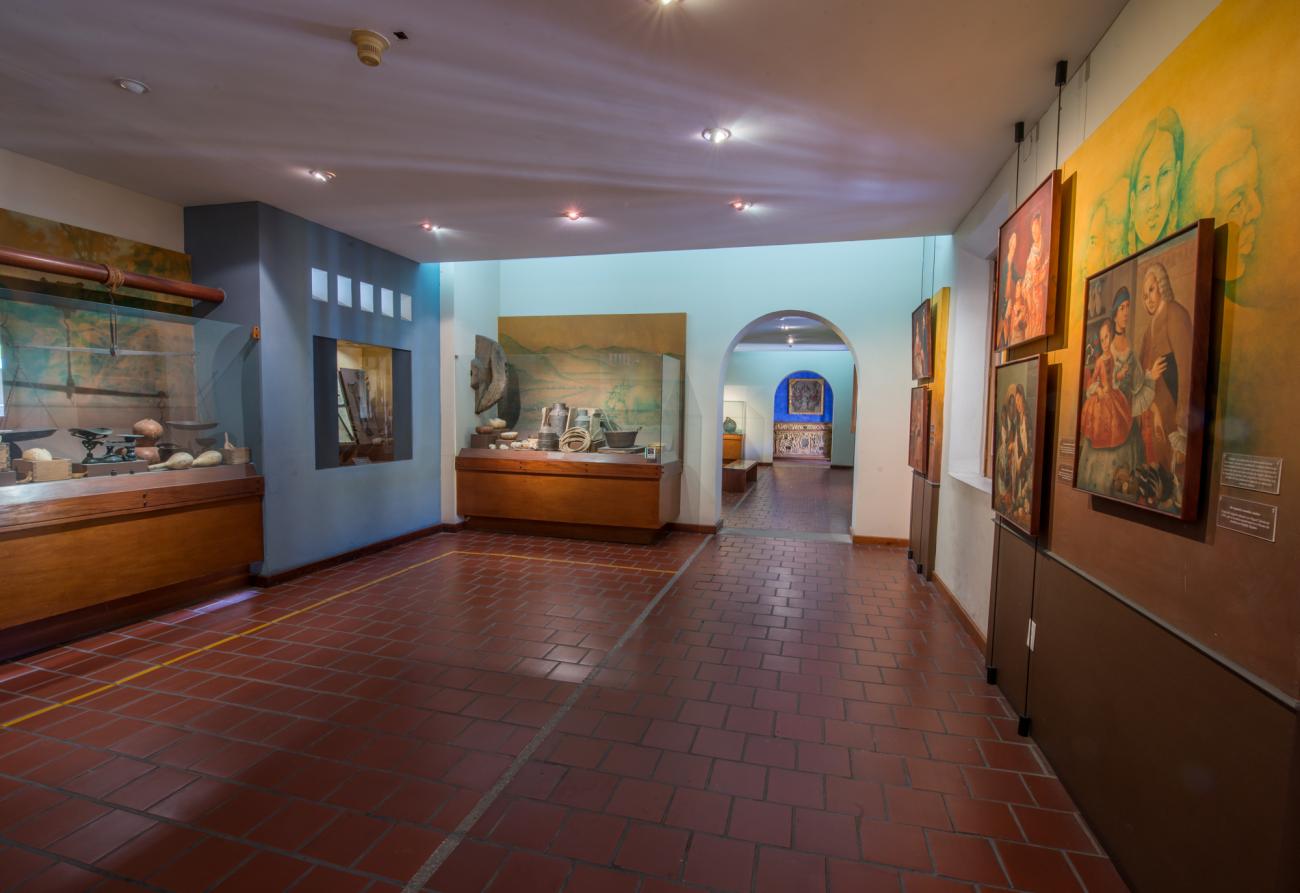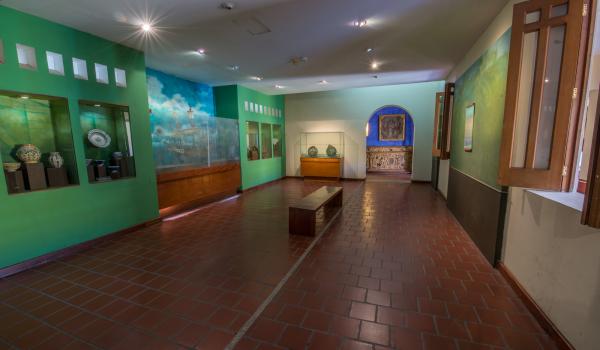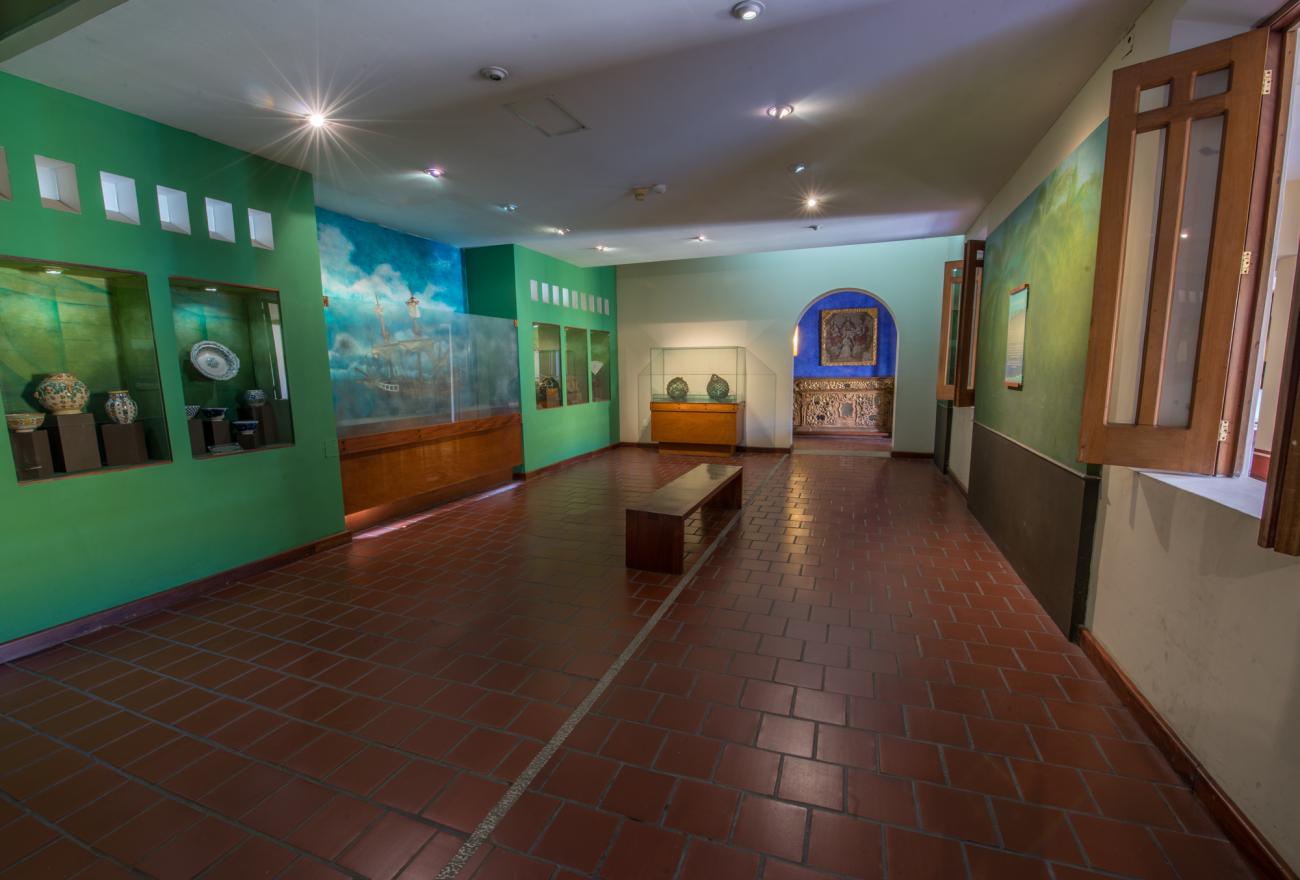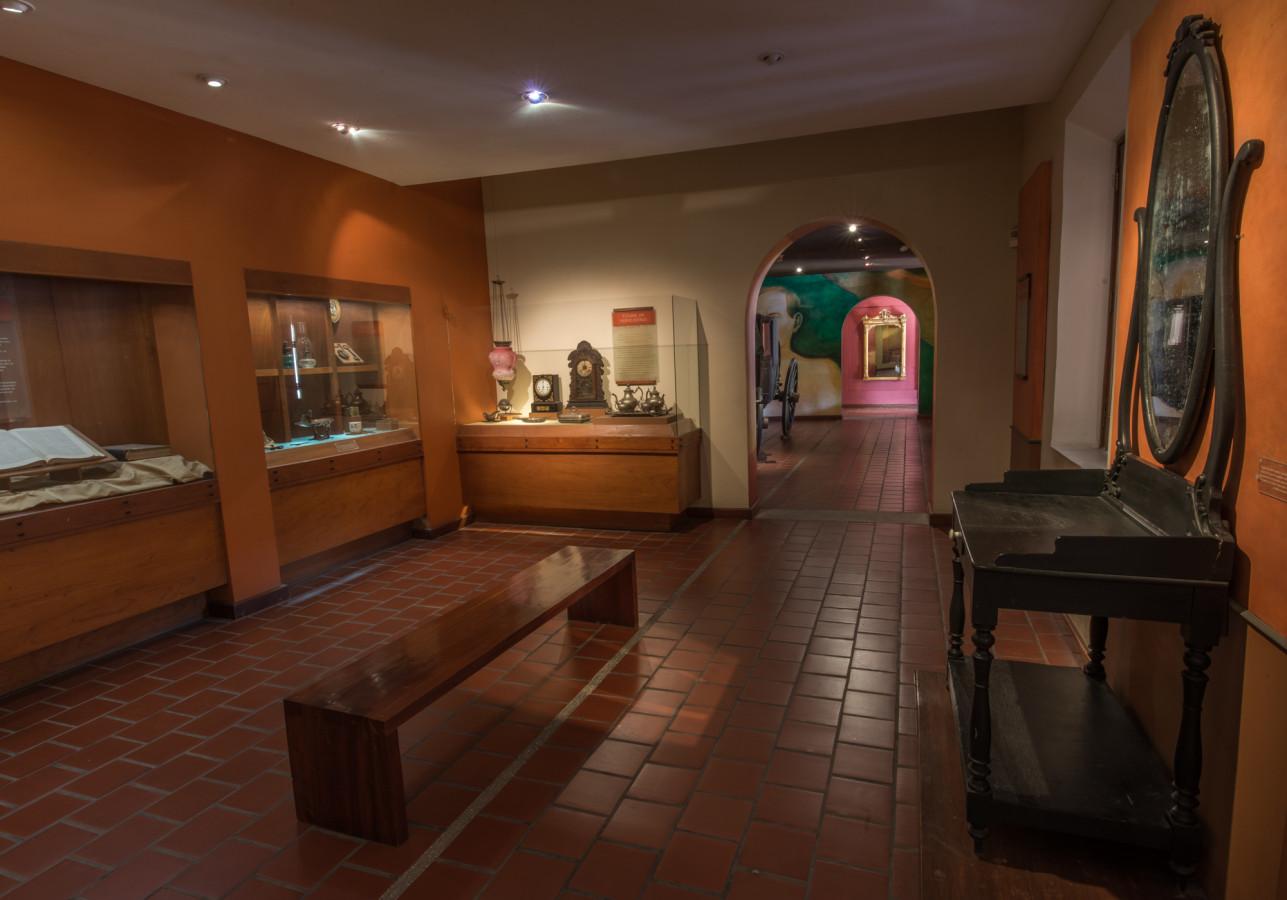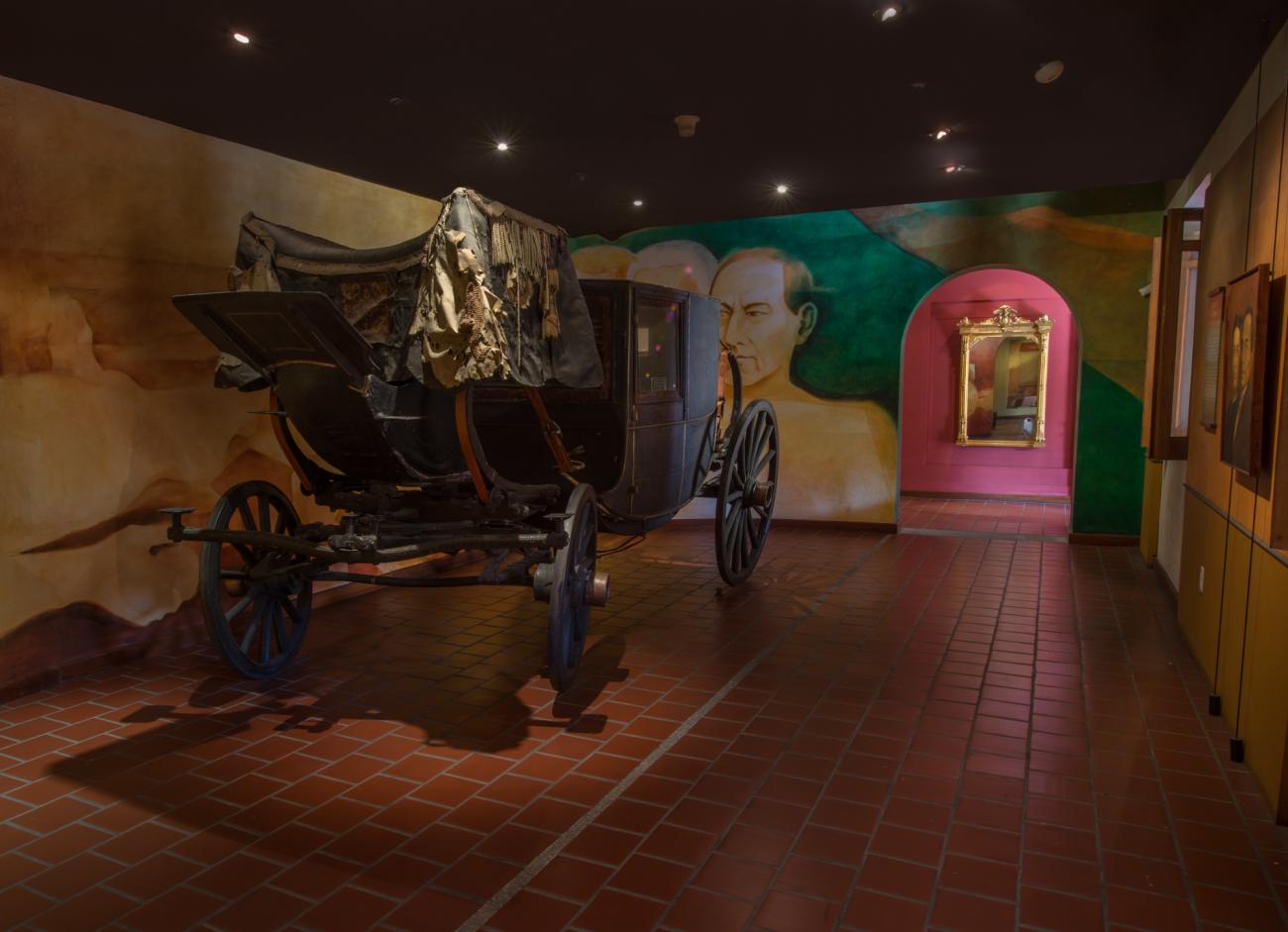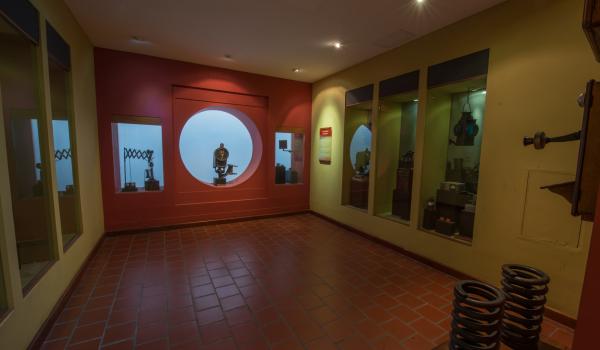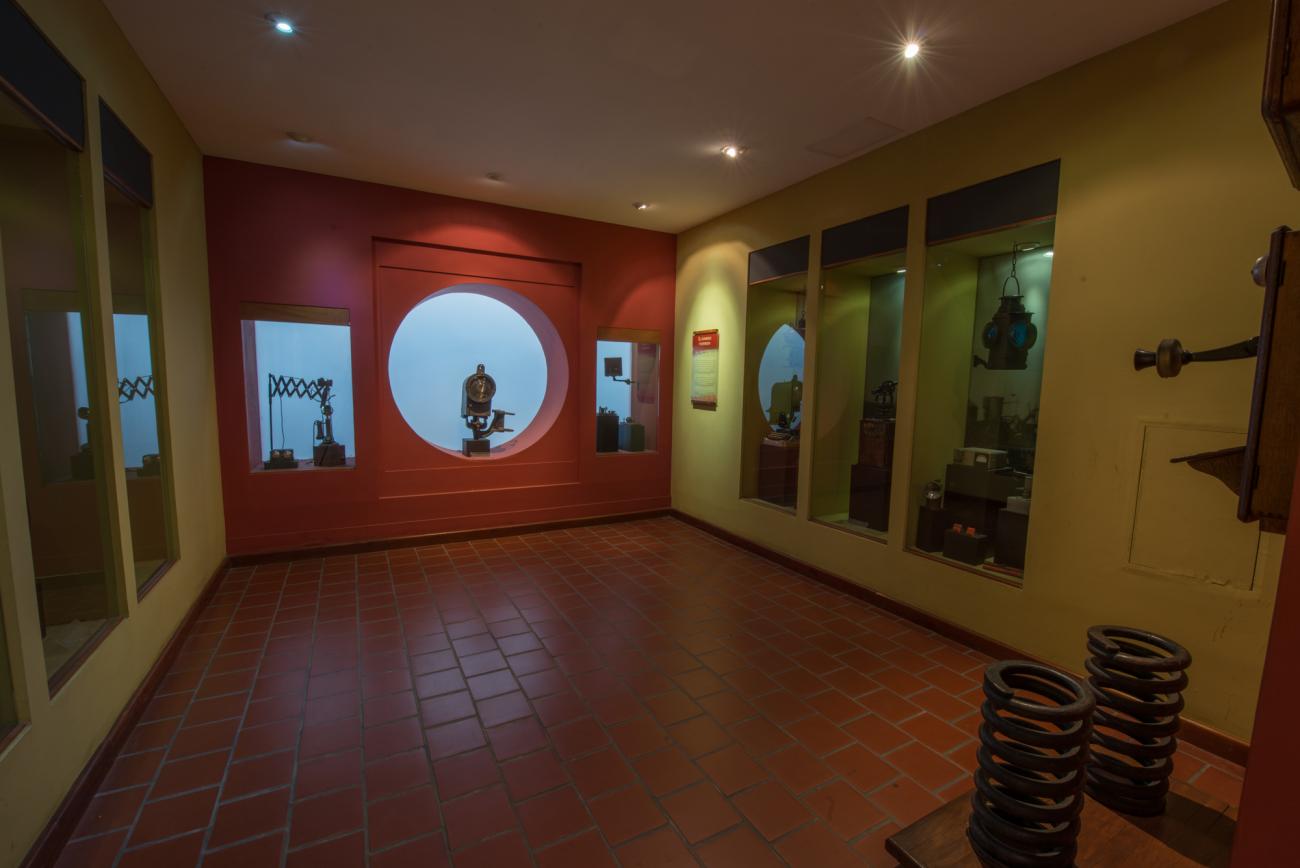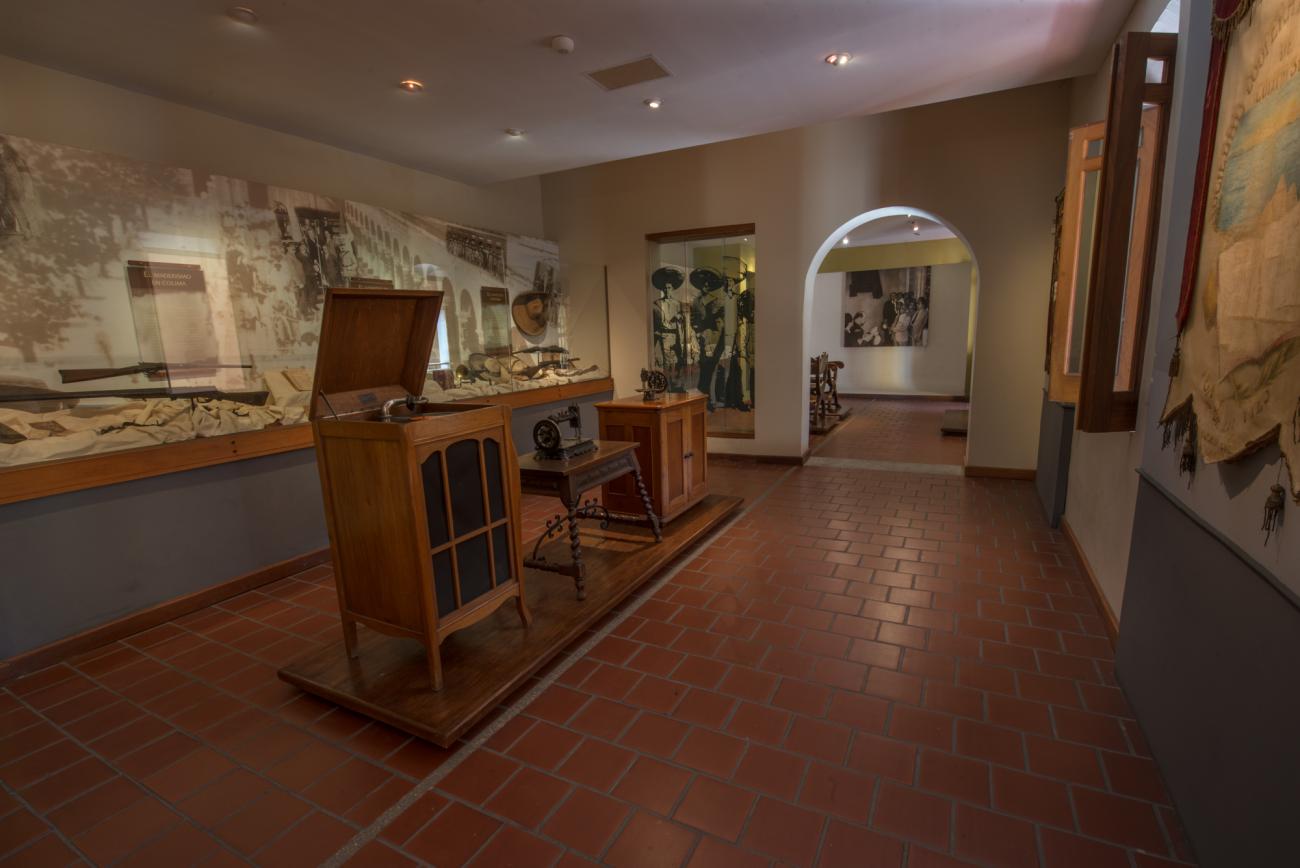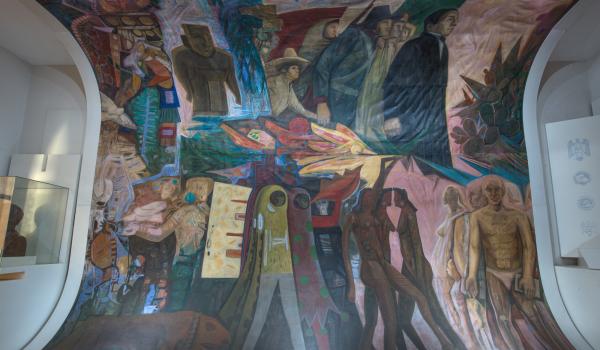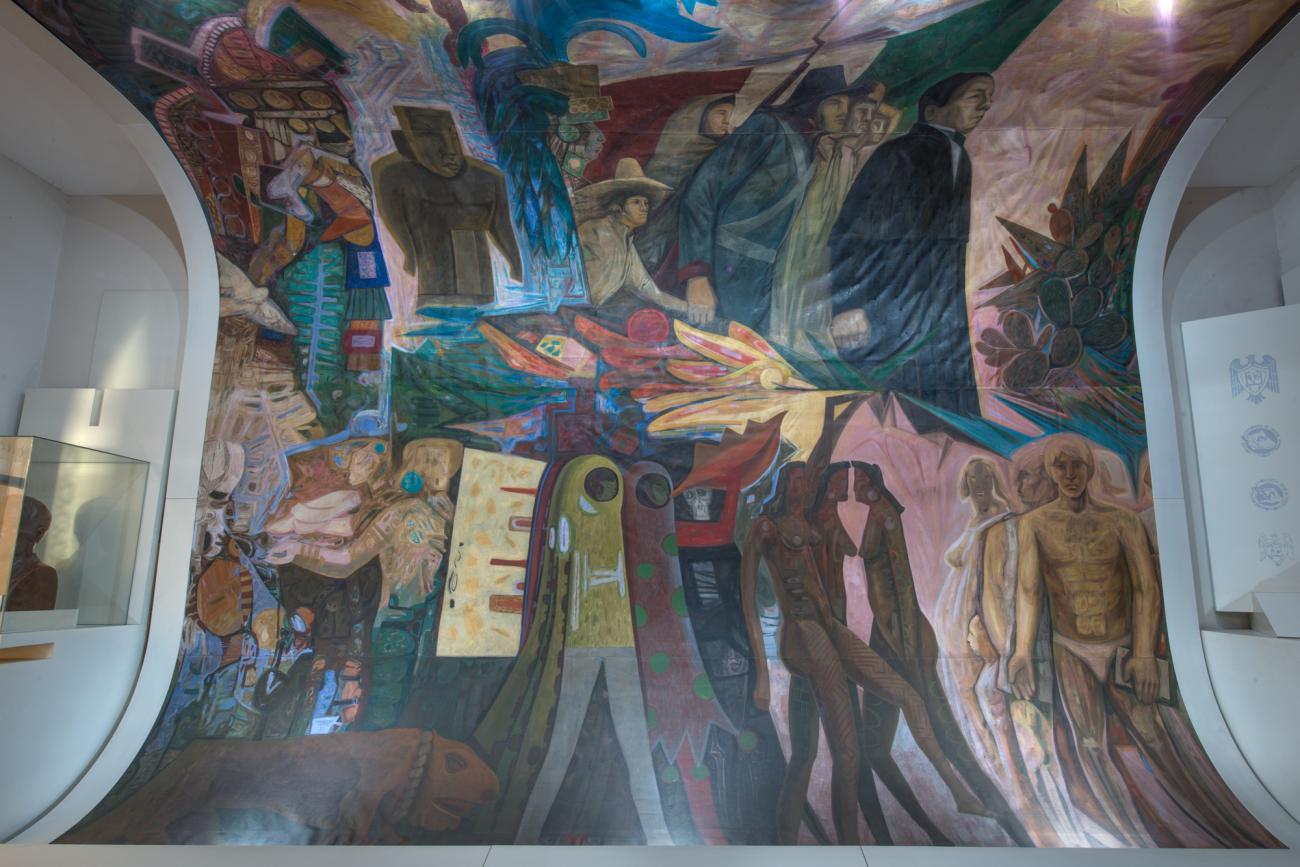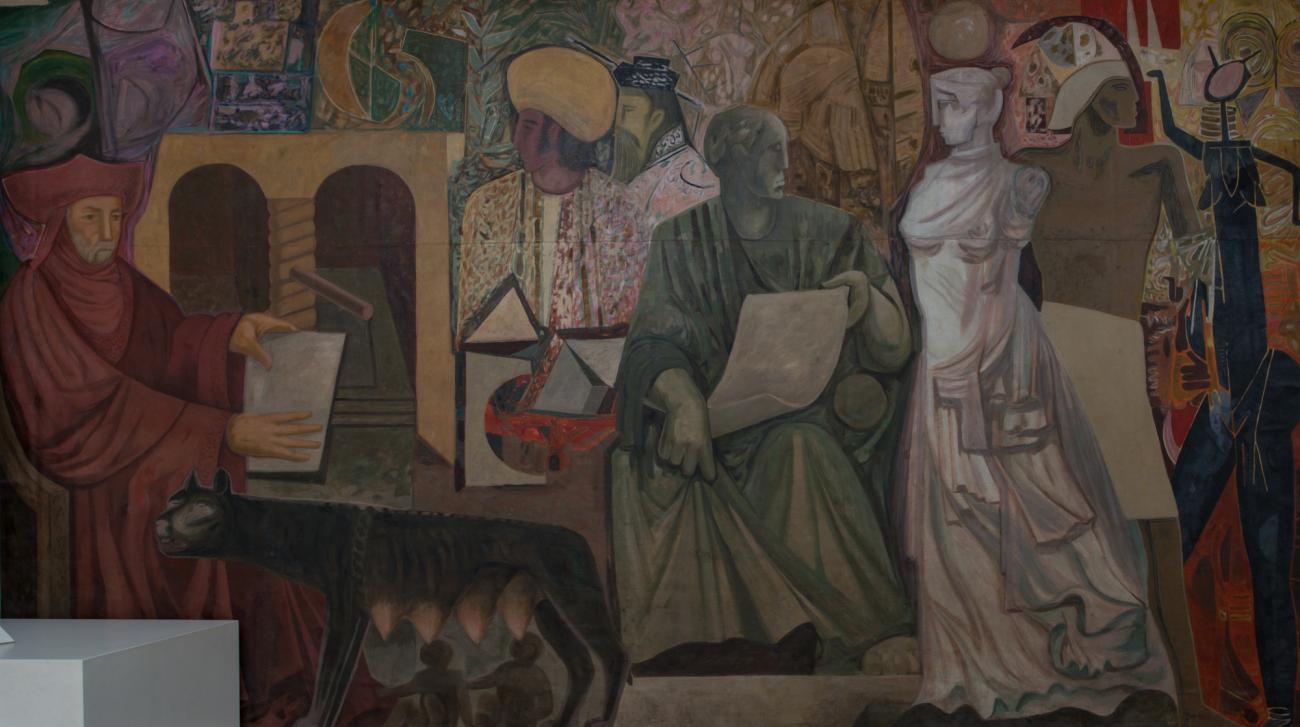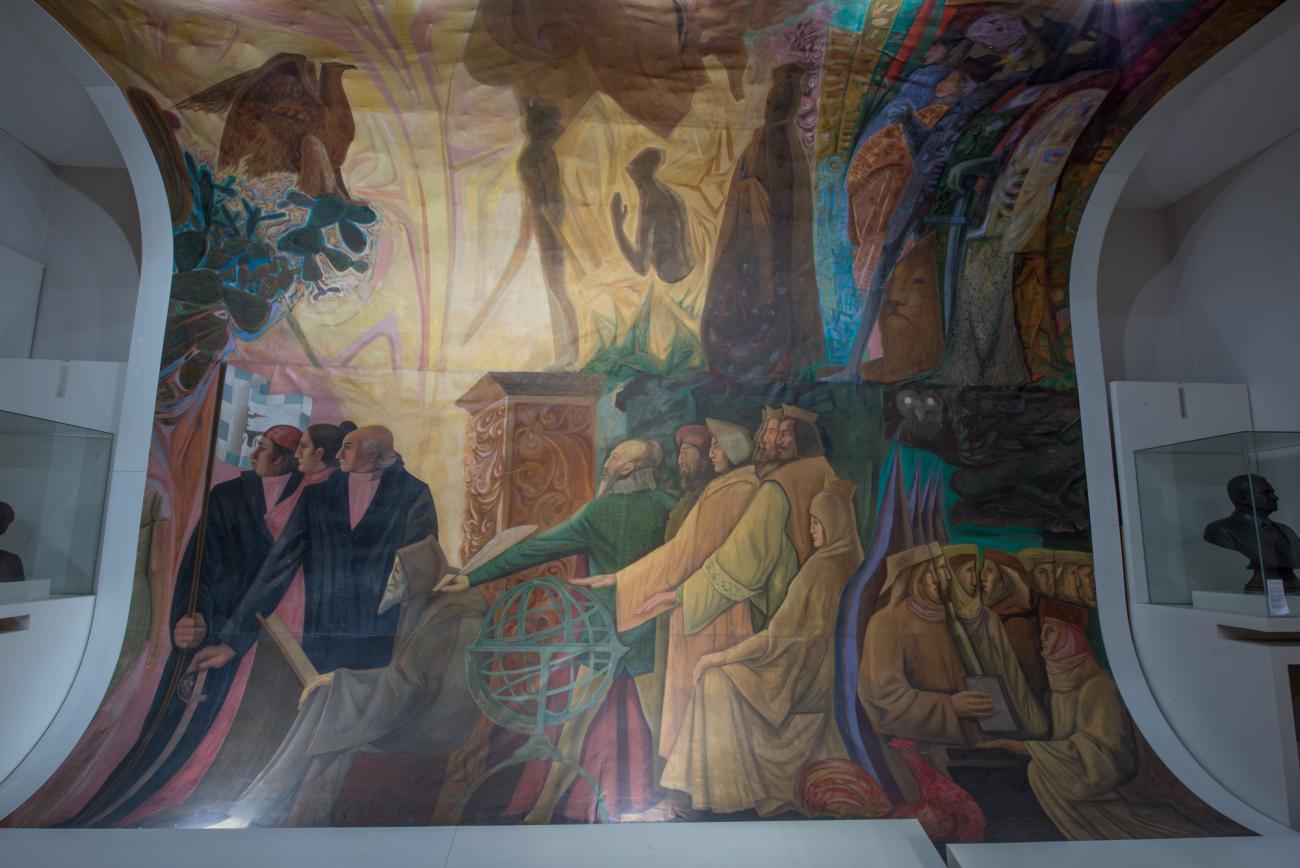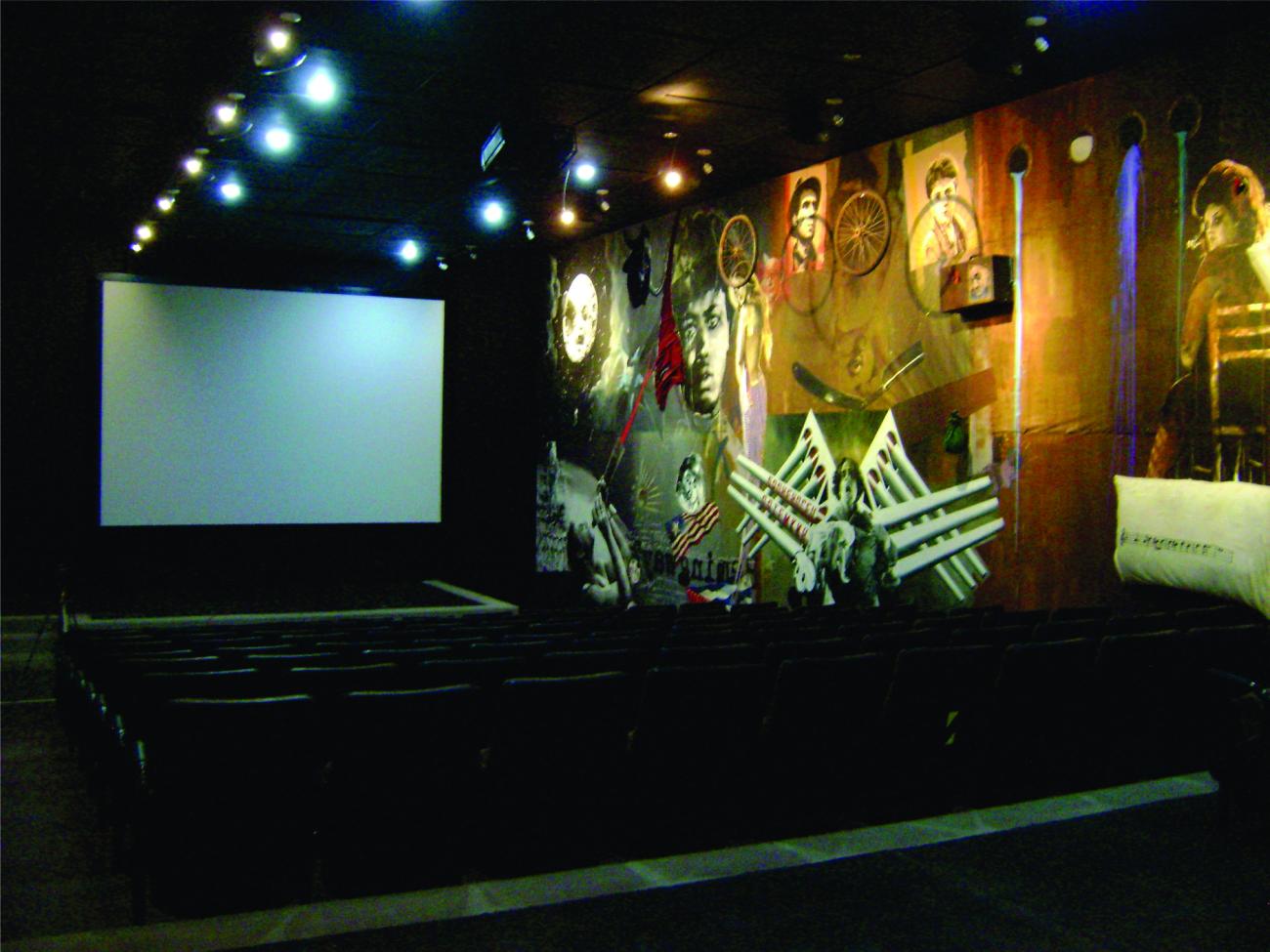Its collection relates the most important details of the building’s history, from the pre-Hispanic era to the first half of the twentieth century. Opened in 1988, the Colima Regional History Museum has been installed in a building that was renovated during the Porfiriato period, having originally been constructed as a dwelling in the early nineteenth century in Portal Morelos. Together with the Smaller Cathedral or Basilica, the City Hall, the Hidalgo and Medellín Sites and the Garden of Freedom, it is part of the city’s architectural heritage.
The museum’s narrative teaches visitors about the evolution of the Mesoamerican peoples who settled in this area, the implements and new activities they adopted following the Conquest, Evangelization and trade with Asia, as well as the main historical events which Colima experienced during the nineteenth and part of the twentieth centuries.
Although the museum’s beautiful building also has viceregal architectural elements dating from the end of the eighteenth century, it has been modified due to a variety of circumstances: from repairs and improvements carried out by its owners, to the onslaught of natural phenomenons which, although in the past, the city frequently suffers from due to its geographical location.
At first, the building was know as Portal de Brizuela as it belonged to one of the main landowners in Colima, who ordered a Tuscan-style house to be built on the ruins of a porticoed building made from wood and tile known as Portal de los Regalado; a name given in memory of two Independence heroes.
The residence belonged to the Pérez Ayala family and had only one floor. However, after passing to one of their nieces, a renovation was carried out in 1948 on the orders of the niece’s husband, Juan de Dios Brizuela. The side street, Reforma, belonged to the De la Madrid family. An important resident of Colima spent his childhood here: Miguel de la Madrid Hurtado, former president of Mexico. In 1913 the building was converted into the Hotel Casino, under the management of an Asian businessman with the surname Li, who extended the mansion by adding a second floor to boost business.
It wasn’t until November 1989 that it began operation as an institution dedicated to promoting, preserving and protecting the cultural heritage of the state. Thanks to an agreement signed between the National Institute of Anthropology and History, the University of Colima and the Colima State Government, the building was incorporated into the university's cultural patrimony, under the management and supervision of the INAH.




